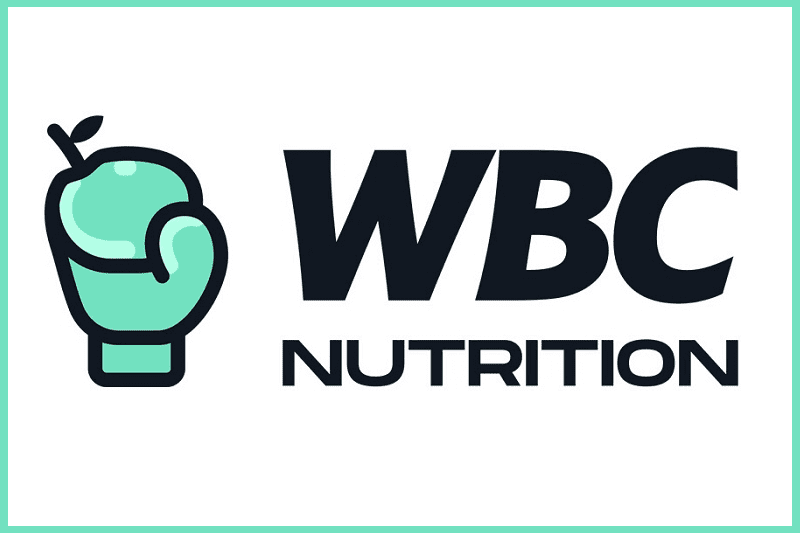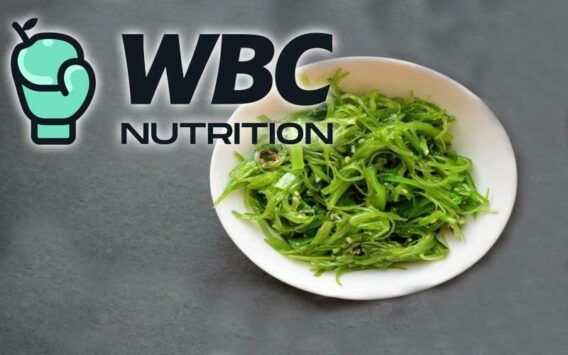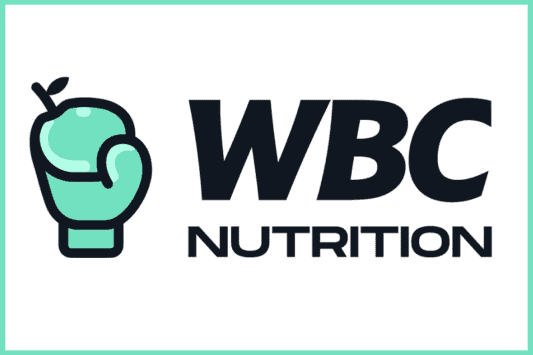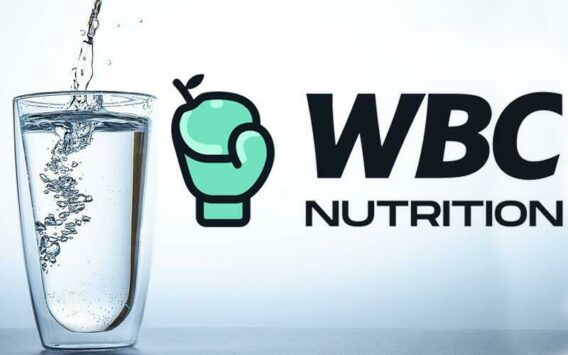Dr. Philip Goglia, WBC Nutrition Committee Chairman discusses to the benefit of dark green leafy vegetables in the latest edition of the WBC Boxing Nutrition Committee.
High iron vegetables are a must as it relates to health and wellness. The iron content of live enzymatic foods like asparagus, spinach, kale and rapini will increase the oxygen count in your red cells (hematocrit), the result is increased endurance capacity and a consistently balanced energy pattern. Iron is an important mineral of the body.
It is responsible for transportation of oxygen throughout the body. Women are more prone to iron deficiency than men. Iron consumption may be enough, but iron absorption may not be. The iron rich food list below will provide what you need to include in your daily diet for a beautiful life! Nutrients are chemicals which help in formation and growth of every living organism.
Their most important function is to nourish the body and render healthy living. Food is the primary source of nutrients for all living things. Carbohydrates, vitamins, proteins and amino acids are main nutrients found in our staple diets.
The remaining inorganic compounds are found through water, oxygen and dietary minerals. Essential nutrients sum up a category of nutrients that brings about normalcy in functions of the body. Vitamins, dietary minerals, essential fatty acids and essential amino acids are all examples of essential nutrients. Iron – numbered 28 amongst chemical elements and represented as ‘Fe’ – is another important nutrient in our daily diet.
Its dietary intake helps in maintaining the right level of enzymatic activity in the body. Iron also plays the role of an oxygen carrier in our systems. This nutrient is stored in three ways by our body. First, hemoglobin which stores maximum amount of iron in our body and then myoglobin and lastly the enzymes.
Myoglobin and hemoglobin are types of proteins. These divisions of iron enable efficient transportation of oxygen to all parts of the body. Proteins also store iron as a contingency reserve. All the iron content is determined by the ‘intestinal iron absorption. Deficiency of iron often leads to anemia and is seen in pre-menopausal stage amongst women.
Common causes of iron deficiency are excessive menstrual bleeding, non-menstrual bleeding, gastrointestinal tract bleeding, respiratory tract bleeding, adequate intake, and malabsorption. The first symptom of iron deficiency is tiredness, followed by fatigue, pallor, hair loss, irritability, weakness and pica.
Just as deficit of iron can lead to dysfunctional body, excess of iron can prove to be toxic. It damages the DNA, proteins and lipids. Many times, extra iron can also prove to be fatal.




